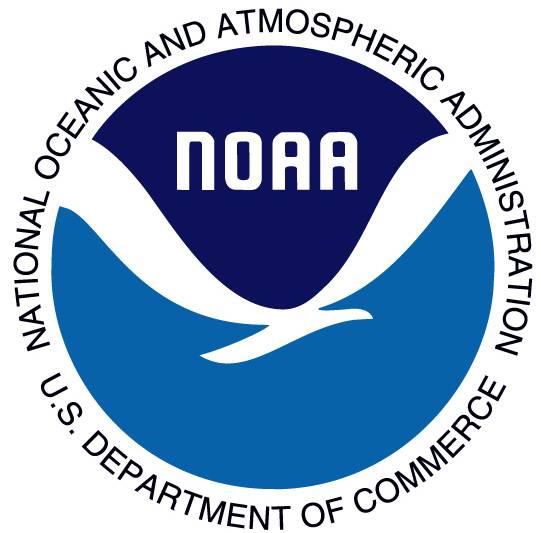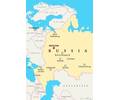
Revolutionary Change in NOAA Nautical Chart Production Means More Products, Faster, for Maritime Use.
NOAA's development of a new navigational chart processing system, designed to meet the changing needs of the maritime community, moves into initial limited production on September 21. The new system, which slims down the current map production process while it beefs up performance, represents a technological leap forward in creating the navigational charts used to speed ships and products safety through the nation's maritime transportation system. "NOAA regularly updates over a thousand nautical charts, adding data and making corrections that are critical to a wide use of applications," explains Capt. John Lowell, director of the Office of Coast Survey. "To produce more navigation products, faster, we developed a single source production system that produces all NOAA chart products from one central database instead of the two production lines used since charting technologies first started changing in the mid-1990s."
With greater efficiencies and versatility, the system speeds chart updates to users; presents opportunities for private industry development of customized products; and improves data exchange capabilities for multiple maritime uses. For instance, the system will integrate with other information for ocean planning and other coastal uses. Notably, with the efficiencies gained from the new system, Coast Survey can produce more navigation products, with flexible access to more data, without a corresponding increase in budget or personnel.
In October 2004, the Office of Coast Survey began the production improvement project with Fairfax, Va.-based ManTech International Corporation, and ESRI, a leading provider of GIS technology based in Redlands, Calif. Their goal, coming to fruition now, was to develop an integrated production system for NOAA chart production. "Technological advancements are spurring a revolution in nautical charts, and navigators need flexibility and increased access to data that mariners from the last century could only dream about," Lowell said. "The system we developed with ManTech and ESRI provides the platform for a wide range of new applications for commercial mariners, recreational boaters and, indeed, for coastal planners along the nation's 95,000 miles of coastline."
While the new system moves into initial production this month, the transition of data covering all U.S. waters will take several years, progressing in sets of charts as geographically located in U.S. Coast Guard Districts. As the data is transitioned to the new system, chart users will see more congruity between paper charts that are now produced on one system and electronic charts produced on another. Under the new system, cartographers will enter the same data into a single system and the changes will be sped along to all associated products.



